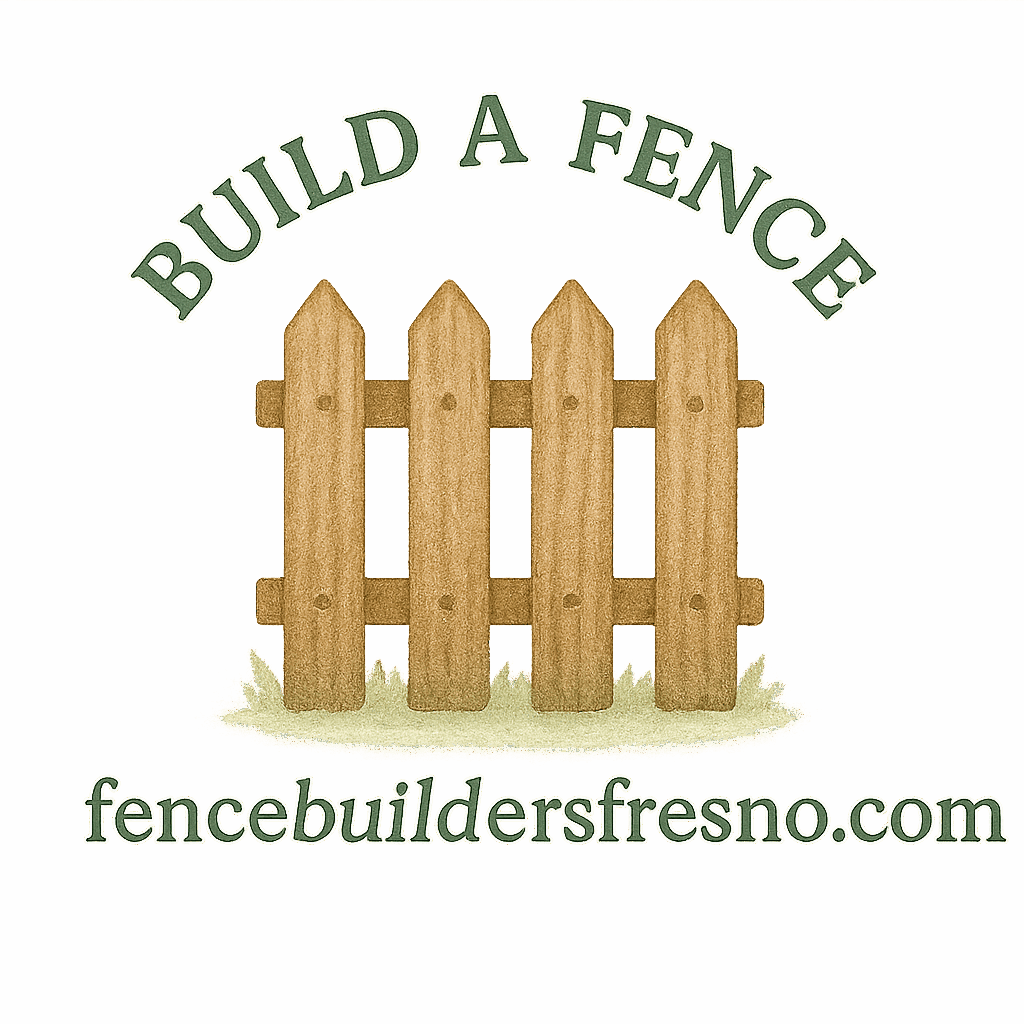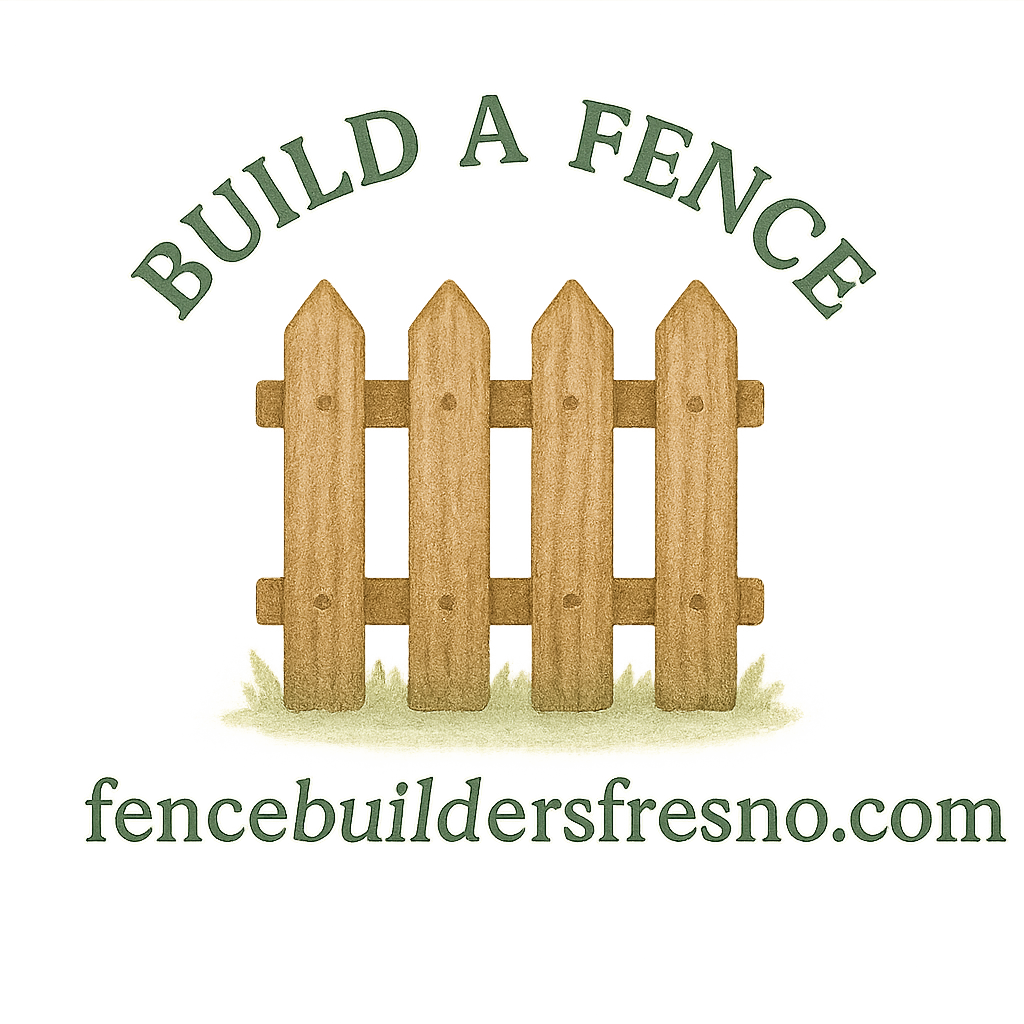Introduction: Why Affordable Fencing Matters
Fencing is more than a boundary—it’s about creating privacy, boosting curb appeal, and protecting your property. But let’s be real: hiring professionals and going for premium materials can be expensive. That’s why affordable fencing options are such a game-changer. With smart DIY fencing planning, you can save money, customize your design, and still end up with a sturdy, attractive fence.
This guide walks you through 11 budget-friendly fencing options, along with practical tips on fence building basics, maintenance, and common mistakes to avoid.
Understanding DIY Fencing Planning
What is DIY Fencing?
DIY fencing simply means building your own fence instead of paying a contractor. It gives you full control over the design and lets you cut costs by handling the labor yourself.
For a step-by-step approach, you can check out our complete fence guide, which covers everything from tools to material choices.
Benefits of DIY Fencing Planning
- Cost savings: Skip labor fees and stretch your budget further.
- Customization: You decide the style, material, and height.
- Learning experience: It’s a hands-on way to build valuable skills.
- Satisfaction: Nothing feels better than admiring a fence you built.
Factors to Consider Before Choosing Affordable Fencing
Budget and Cost Estimation
Start with a realistic budget. Include not only material costs but also tools, nails, paint, or other finishing touches.

Property Lines and Legal Considerations
Before digging post holes, check your property lines and local rules. Misplacing your fence could lead to fence encroachment disputes or even legal issues.
Maintenance and Durability
Cheap upfront doesn’t always mean affordable long-term. A fence that rots or rusts easily may cost more in repairs than a slightly pricier, low-maintenance option. For upkeep strategies, read our fence maintenance and repair guide.
Aesthetic Appeal
Your fence should complement your home’s design. Even the most budget-friendly fences can add charm if chosen wisely.
11 Affordable Fencing Options for DIY Projects
1. Wooden Picket Fence
The classic front yard fence, a white wooden picket design, is charming and affordable. Perfect for boosting curb appeal while keeping costs manageable.
Pros and Cons
- ✅ Timeless appeal, easy to customize.
- ❌ Needs painting or staining for protection.
2. Chain Link Fence
If affordability is your top priority, a chain link fence is unbeatable. It’s durable, functional, and ideal for enclosing large areas.
Why Chain Link is Budget-Friendly
- Low cost per linear foot.
- Minimal maintenance.
- Quick installation.
3. Vinyl Fencing Panels
Vinyl fencing costs a little more upfront but saves money on maintenance. A vinyl fence resists rot, pests, and weather damage—making it an affordable long-term choice.
Advantages
- Nearly maintenance-free.
- Available in multiple designs.
- Long lifespan.
4. Bamboo Fencing
Eco-conscious homeowners love bamboo for its decorative fence style. It brings natural beauty and affordability together.
Natural and Eco-Friendly Style
- Renewable and sustainable.
- Great for privacy screens.
- Lightweight and easy to set up.
5. Split Rail Fence
This rustic design is common in rural areas. It’s inexpensive and defines property lines without blocking scenic views.
Rustic Look at Low Cost
- Uses minimal materials.
- Easy to assemble.
- Perfect for farms and large yards.
6. Pallet Fence
Reclaimed pallets make for a budget-friendly DIY fence project. With a little creativity, you can build a unique fence nearly for free.
Creative and Upcycled Solution
- Eco-friendly and resourceful.
- Customizable with paint or stain.
- Best for small backyards and gardens.
7. Wire Fencing (Welded Wire & Field Fence)
Wire fencing is versatile and affordable, often paired with wooden posts. It’s great for gardens, pets, or livestock.
Best Uses
- Low material cost.
- Effective for animal enclosures.
- Minimal installation skills required.
8. Lattice Fence Panels
Lattice panels are both decorative and inexpensive. They work especially well as garden dividers or privacy screens.
Decorative and Affordable
- Lightweight and easy to install.
- Supports climbing plants.
- Adds style without big costs.
9. Living Fences (Hedges & Shrubs)
Why build when you can grow? Living fences are eco-friendly, natural, and affordable if you’re patient.
Low-Cost Green Option
- Provides shade and privacy.
- Doubles as landscaping.
- Great for attracting wildlife.
10. Composite Fence
Blending recycled wood and plastic, composite fencing offers durability at a mid-range price. It’s low-maintenance and long-lasting.
Durability Meets Affordability
- Resistant to weather and pests.
- Long lifespan with minimal upkeep.
- Great balance of cost and value.
11. Hog Wire Fence with Wood Frame
Stylish yet affordable, hog wire framed with wood is trending for modern farmhouse designs.
Trendy and Cost-Effective
- Sturdy enough for pets.
- Mixes rustic and modern looks.
- Less expensive than full wooden fencing.
Tips for DIY Fencing Planning on a Budget
- Measure Twice, Cut Once: Save money by reducing mistakes.
- Buy Materials in Bulk: Suppliers often give discounts.
- Use Recycled Materials: Old pallets, reclaimed wood, or scrap metal can save hundreds.
For more planning ideas, see our fence design planning guide.
Common Mistakes to Avoid in DIY Fencing Projects
- Ignoring Property Lines: Leads to disputes. Check legal property considerations first.
- Choosing the Wrong Materials: Pick fencing suited for your climate.
- Skipping Maintenance: Even affordable fences need care to last.
How to Maintain Affordable Fences for Longevity
- Wood Fence Care: Regular staining prevents rot. Learn more in our wood fence care guide.
- Vinyl & Composite Fence Care: Occasional cleaning is all they need.
- Metal Fence Upkeep: Watch for rust and repaint if needed.
Conclusion: Build Smart, Save More
Affordable fencing doesn’t mean sacrificing quality or style. With smart DIY fencing planning, the right materials, and a bit of creativity, you can build a functional, long-lasting fence without overspending. Whether you love the rustic look of split rail, the sustainability of bamboo, or the simplicity of chain link, there’s an option for every budget.
Your fence isn’t just a boundary—it’s a reflection of your home and lifestyle. Build it wisely, and it will serve you for years.
FAQs
1. What is the cheapest fencing option for DIY projects?
Chain link and pallet fences are usually the most cost-effective.
2. Do I need a permit to build a fence?
Check your local legal fencing requirements before starting.
3. How long does a wood fence last?
With proper upkeep, it can last 15–20 years.
4. Can I build a fence directly on my property line?
Yes, but confirm with your neighbor and check property rights.
5. Is vinyl fencing worth the investment?
Absolutely. It requires almost no maintenance and lasts decades.
6. How do I handle disputes about fencing?
Learn more about legal disputes and neighbor agreements.
7. Which fences are lowest maintenance?
Vinyl, composite, and chain link require the least fence maintenance.


